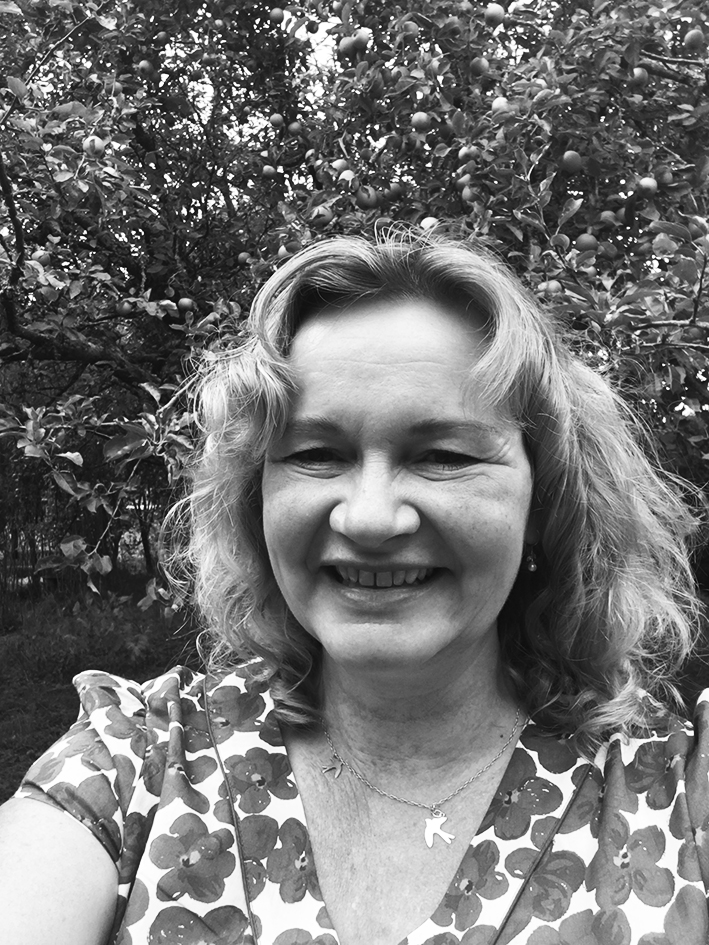My childhood holidays often included a visit to a compact and picturesque model village. My brother and I loomed delightedly down tiny streets like friendly giants, dripping ice cream on miniature tiled roofs.
Model villages, as well as those real-life purpose-built ones, such as Saltaire, Hartley’s, Port Sunlight or Bournville, have intrigued me ever since. Real or miniature, model villages are a sometimes grandiose, wry and hopeful part of our cultural intent and desire. Rebecca Smith’s book Rural is an excellent, informative read on this.
- Saltaire: A UNESCO World Heritage Site showcasing 19th Century industrial innovation
- When does a village become a town?
My imaginary ideal village looked a lot like one I partly grew up in. It had friends within knocking distance, allotments, woods, fields and a river to explore, a tiny library, shops and a pub garden. There was a small police and fire station, horses clopping by, clubs in the village hall, school within walking distance and a train station to take you beyond its horizons. Everything I thought I’d ever need.
In 1949, rural writer Victor Bonham-Carter wrote about the village we live in now for The Countryman magazine. An early advocate for accessible natural space and nature-friendly farming, Bonham-Carter lived with his family on a smallholding in a house he built around the corner from ours, before moving to Somerset to farm. In quiet spells during his war service, he mulled over the problem of our village: a collection of scattered hamlets with few facilities. His article ‘The Village with a Future,’ is a fascinating, thought-provoking piece of history.
As parish and county councillor, Bonham-Carter was determined to see his village adapt, revive and thrive after the decimation of two world wars and rapid rural change. To have an active, vibrant future, a village’s very structure needed readdressing, planning, modernising and building upon. Bonham-Carter could see the village “reasserting its necessity, but with a difference” and he knew houses alone were not enough to provide for and attract those “who do the work of the countryside” or want to be part of it. “Much of the old rural civilisation has been irretrievably lost,” he writes; “it is no use regretting the past.”
To “pull the place together physically” he co-opted the occasional cricket-field common into a central memorial playing field and planned houses and an impressive number of shops around it: “a grocer, baker, chemist, draper and shoe shop, coal merchant, stationer and bookseller, ironmonger and small laundry”.

He adds “a community of less than 500 people cannot usually afford the services which modern living requires, nor can it support a social life of its own.” Twice that number of people was recommended. A detailed housing survey records 11 of 200 houses suffering acute overcrowding, 30 that needed reconditioning and 38 needing pulling down. He concluded at least 70 new houses were needed, with the old social lines of class segregation cut across.
Much of his grand plan, submitted at village, town then county level, didn’t happen, but he was influential. Our little row of cottages, built in 1952, replaced several that were condemned and pulled down, and a recommended expansion of the sawmills to support industry and enterprise is now a small business park.
Today’s villages sometimes feel beyond the reach of future-facing planning. Muddling comfortably along, resisting change rather than responding to it and evolving, they miss the vibrancy, potential and connection that diversity of age, social class and race inspire in any community. A truly model village should be engaging and engaged with. Not just somewhere we stay, or something we play with or visit.
Discover more UK history
- What are the different types of windmills and how do they work?
- The best UK UNESCO World Heritage sites to visit for unforgettable days out
- What's the most common street name in Britain?
- ‘Scratch Gloucestershire and find Rome’ – from sheep to byways, here’s how the Romans changed Britain’s countryside forever
Top image: Saltaire model village near Bradford. Credit: Getty





